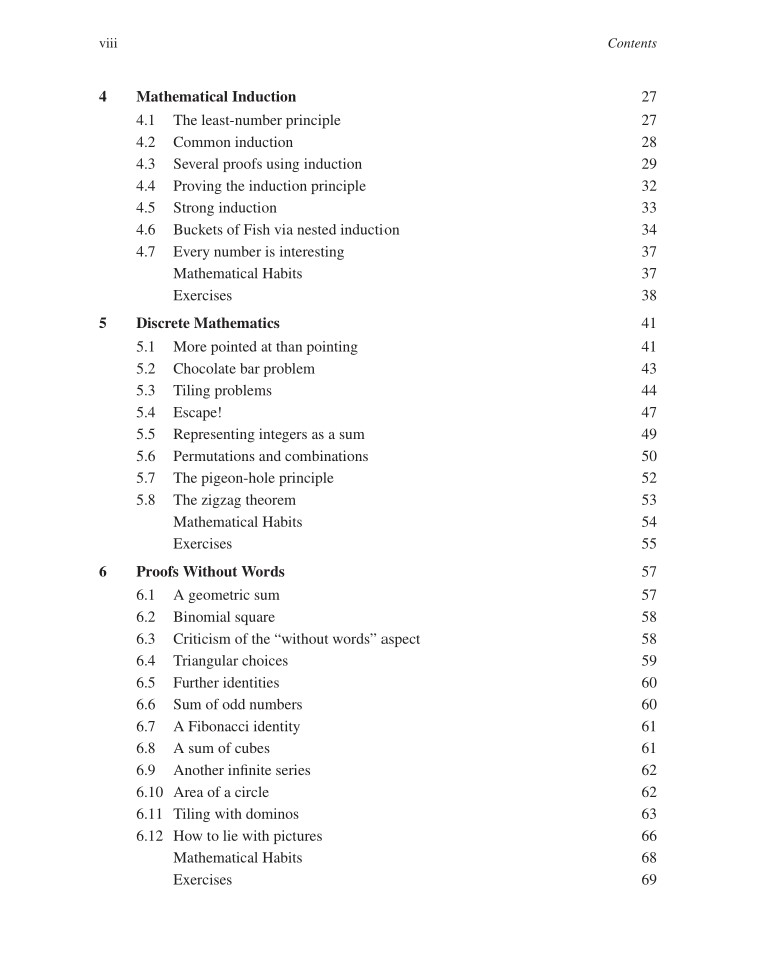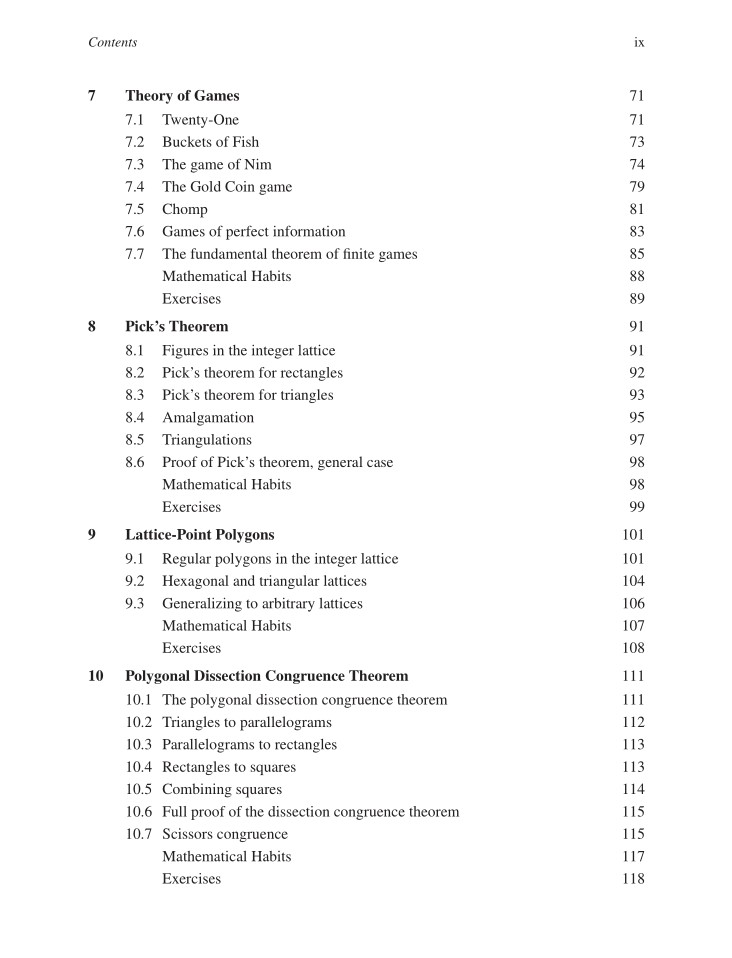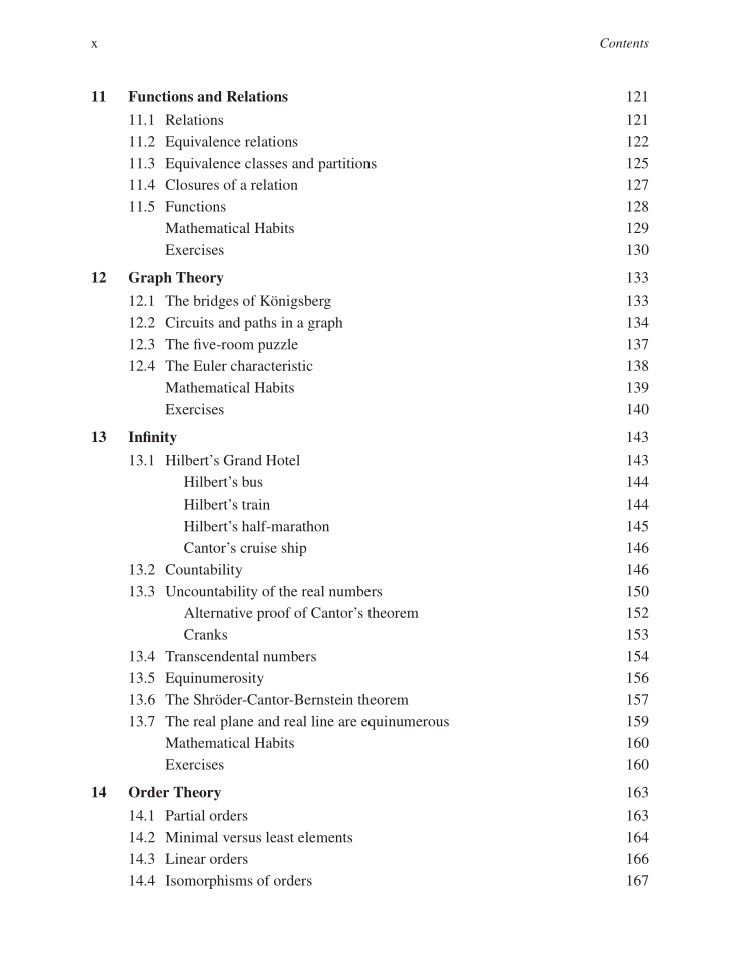We had a sweeping discussion touching upon many issues in the philosophy of mathematics, including the nature of mathematical truth, mathematical abstraction, the nature of mathematical existence, the meaning and role of proof in mathematics, the completeness theorem, the incompleteness phenomenon, infinity, and a discussion about the motivations that one might have for studying mathematics.
Tag Archives: proof
Book review, Catarina Dutilh Novaes, The dialogical roots of deduction
In this insightful and remarkable work, Professor Novaes defends and explores at length the philosophical thesis that mathematical proof and deduction generally has a fundamentally dialogical nature, proceeding in a back-and-forth dialogue between two semi-adversarial but collaborative actors, the Prover and the Skeptic, who together aim to find mathematical insight. This view of proof-as-dialogue, she argues, carries explanatory power for the philosophy of mathematical practice, explaining diverse aspects of proof-writing, refereeing, and more, including the multifaceted roles of proof, including proof as verification, proof as certification, proof for communication and persuasion, proof as explanation, and proof as a driver of mathematical innovation.
In extensive, refined scholarly work, Novaes explores the historical and intellectual roots of the dialogical perspective on deduction, tracing the idea from ancient times through medieval philosophy and into the present day, including case studies of current mathematical developments, such as Mochizuki’s claimed proof of the abc conjecture, as well as recent psychological experiments on the role of group reasoning in resolving certain well-known disappointing failures of rationality, such as in the Wason card experiment. Truly fascinating.
On the basis of her work, I have nominated Novaes for the Lakatos Award (given annually “for an outstanding contribution to the philosophy of science, widely interpreted, in the form of a book published in English during the current year or the previous five years”). Lakatos himself, of course, was a friend of dialogical mathematics—his famous Proofs and Refutations proceeds after all in a dialogue between mathematicians of different philosophical outlooks. Novaes engages with Lakatos’s work explicitly, pointing out the obvious parallels, but also highlighting important differences between her Prover/Skeptic dialogical account and the kind of proof dialogues appearing in Proofs and Refutations. In light of this connection with Lakatos, I would find it especially fitting for Novaes to win the Lakatos Award.
Proof and the Art of Mathematics
A coming-of-age book for mathematicians aspiring to write proofs.
[bibtex key=”Hamkins2020:Proof-and-the-art-of-mathematics”]
Now available!
- Book profile at MIT Press
- Amazon.com
- Amazon.co.uk
- Order through your local bookstore
- See conversation on Twitter via #ProofandtheArt

From the Preface:
This is a mathematical coming-of-age book, for students on the cusp, who are maturing into mathematicians, aspiring to communicate mathematical truths to other mathematicians in the currency of mathematics, which is: proof. This is a book for students who are learning—perhaps for the first time in a serious way—how to write a mathematical proof. I hope to show how a mathematician makes an argument establishing a mathematical truth.
Proofs tell us not only that a mathematical statement is true, but also why it is true, and they communicate this truth. The best proofs give us insight into the nature of mathematical reality. They lead us to those sublime yet elusive Aha! moments, a joyous experience for any mathematician, occurring when a previously opaque, confounding issue becomes transparent and our mathematical gaze suddenly penetrates completely through it, grasping it all in one take. So let us learn together how to write proofs well, producing clear and correct mathematical arguments that logically establish their conclusions, with whatever insight and elegance we can muster. We shall do so in the context of the diverse mathematical topics that I have gathered together here in this book for the purpose.





Introduction to proofs, CSI Math 505, Spring 2017
I shall be teaching a new course Introduction to Proofs at the CUNY College of Staten Island this semester.
 The course is intended for aspiring mathematics students who are learning—perhaps for the first time in a serious way—how to write mathematical proofs. I think of it as a kind of mathematical coming-of-age course, for students on the cusp, maturing into mathematicians, who aspire to communicate mathematical truths to other mathematicians in the currency of mathematics, which is: proof.
The course is intended for aspiring mathematics students who are learning—perhaps for the first time in a serious way—how to write mathematical proofs. I think of it as a kind of mathematical coming-of-age course, for students on the cusp, maturing into mathematicians, who aspire to communicate mathematical truths to other mathematicians in the currency of mathematics, which is: proof.
I hope to help them learn how a mathematician makes an argument in order to establish a mathematical truth.
I have written a new book specifically for the course, Proof and the art of mathematical reasoning, which I hope will be available before too long. The text will be suitable for any kind of introduction-to-proofs or transition-to-proofs course at the undergraduate level, with a variety of elementary proofs from a broad swath of mathematical topics. I shall post some excerpts later, to give you an idea of the nature of the book, but for now let me simply list the current table of contents. The book begins in chapter one with the proof that
Preface 5
A note to the instructor 11
Chapter 1. Begin with a classic 13
Chapter 2. Multiple proofs 21
Chapter 3. Number theory and the primes 27
Chapter 4. Mathematical Induction 37
Chapter 5. Discrete mathematics and finite combinatorics 45
Chapter 6. Pick’s theorem: a case study in Pólya’s advice 57
Chapter 7. Visual proofs 67
Chapter 8. Geometry and lattice-point regular polygons 77
Chapter 9. Relations 85
Chapter 10. Graph theory 95
Chapter 11. Order theory 105
Chapter 12. Theory of games 111
Chapter 13. Set theory 129
Chapter 14. Real analysis 139
Epilogue 153
Bibliography 171


